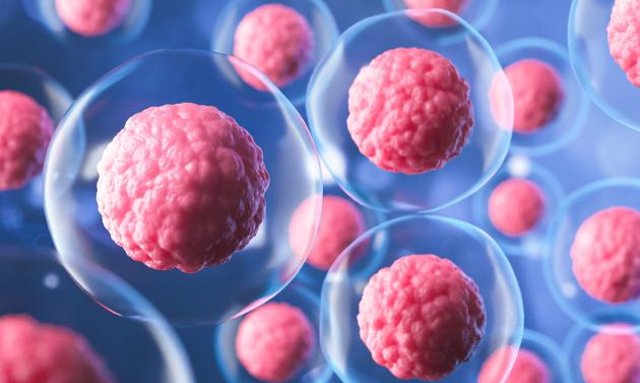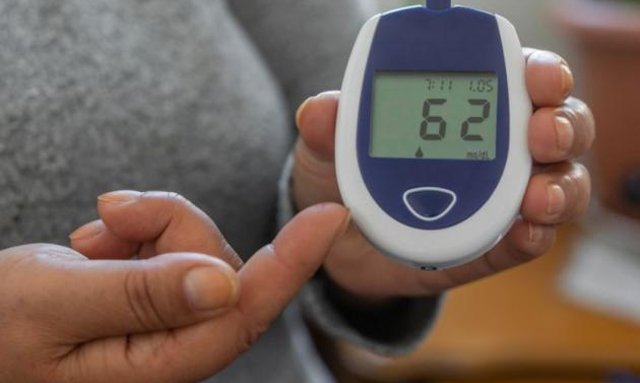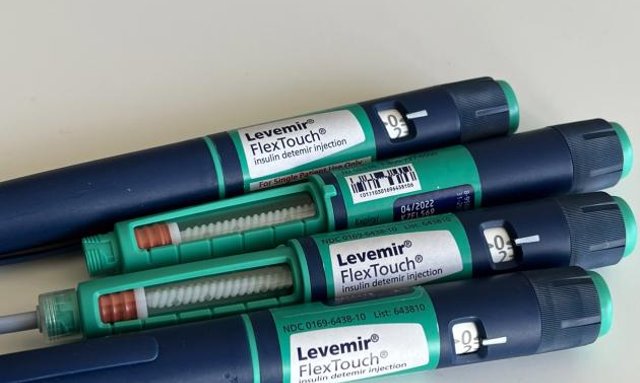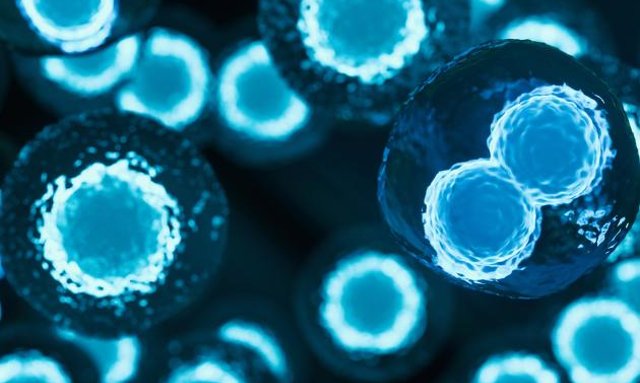Type 1 Diabetes
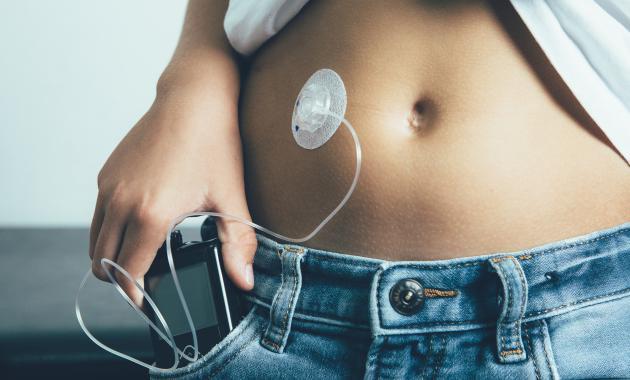
Type 1 diabetes occurs when the body's immune system destroys cells in the pancreas that produce insulin, which is needed to convert sugar (glucose) from food into energy for most of the body’s cells.
Frequently Asked Questions About Type 1 Diabetes
How can continuous glucose monitors help people with type 1 diabetes?
CGM devices track glucose levels every few minutes throughout the day and night, providing useful information for staying in your target blood glucose range (70-180 mg/dl). In 2017, about 31% of adults with type 1 diabetes in the US used continuous glucose monitors (CGM), and this number has been increasing dramatically – in 2021, the T1D Exchange reported that more than 80% of their participants used CGM.
What is hypoglycemia?
Hypoglycemia refers to low blood sugar levels. A blood sugar level below 70 mg/dl (3.9 mmol/L) is typically considered hypoglycemia, and you will likely experience symptoms when your blood sugar dips this low – especially if it drops below 54 mg/dl (3.0 mmol/L).
Symptoms of hypoglycemia include confusion, headache, irritability, trouble concentrating, fatigue, hunger, sweating, shaking, and fast heartbeat. Symptoms of severe hypoglycemia may include combativeness, disorientation, seizures, difficulty speaking, loss of consciousness, or coma.
To raise blood sugar levels, you could eat or drink a specific amount of fast-acting carbohydrates. If the person cannot eat or drink, emergency glucagon can be administered either as an injection or nasal spray. Immediate medical attention may also be required.
Signs of hypoglycemia
- Hunger
- Sweating
- Shaking
- Fast heartbeat
- Headache
- Trouble concentrating
- Fatigue
- Irritability
- Confusion
Severe hypoglycemia
During severe hypoglycemia you may experience different symptoms that indicate that your brain doesn’t have enough glucose to properly function.
Signs of severe hypoglycemia
- Confusion
- Combativeness
- Disorientation
- Seizures
- Loss of consciousness
What is hyperglycemia?
Hyperglycemia refers to high blood sugar levels. A blood glucose level of 180 mg/dl (10 mmol/l) or higher is considered hyperglycemia and can result in acute symptoms, especially if more than 250 mg/dl (13.9 mmol/L). Over a long period of time, hyperglycemia may lead to complications.
Symptoms for hyperglycemia are sometimes subtle, but if present, they include frequent and excessive urination and increased thirst, weight loss, blurry vision, confusion, and headache.
Signs of hyperglycemia
- Increased thirst
- Frequent urination
- Extreme hunger
- Unexplained weight loss
- Presence of ketones in the urine (ketones increase in the body when there's not enough available insulin)
- Fatigue
- Irritability
- Blurred vision
- Slow-healing sores
- Frequent infections (including gums, skin, and vaginal infections)
What is diabetic ketoacidosis?
Diabetic ketoacidosis (DKA) is a condition that can occur with diabetes and usually is associated with hyperglycemia. DKA can occur when the body breaks down fatty acids for energy in an uncontrolled manner, and the blood becomes acidic. Symptoms of DKA include nausea and vomiting, abdominal pain, shortness of breath, fruity-smelling breath, confusion, and loss of consciousness. If someone with type 1 diabetes is showing any signs of DKA, that person should immediately measure blood ketones levels and seek medical attention.
Please note this page is not a comprehensive list of all the available resources.


